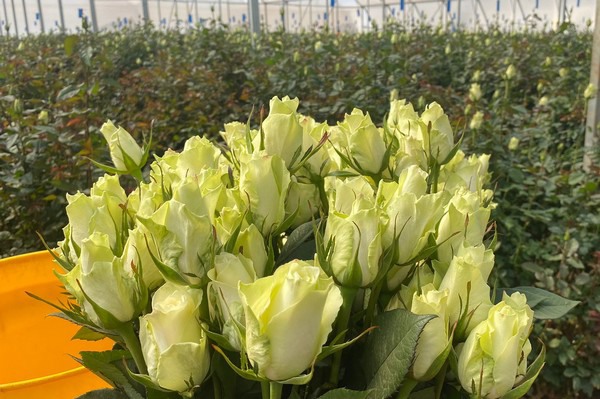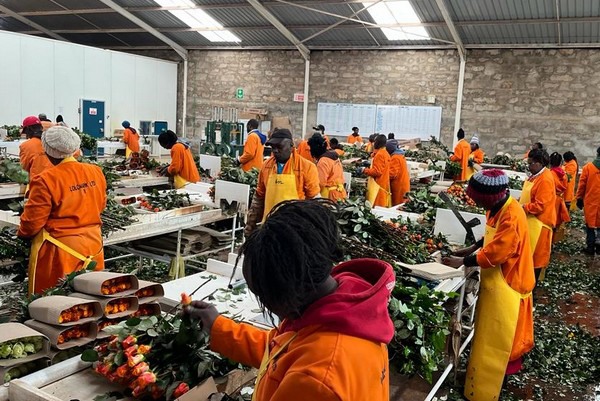Recently, rose production around the equator has been relatively low. This was the case for both East African and Latin-American rose producers. For various reasons, available volumes were limited everywhere.

Rift Valley Roses
When main rose production areas around the world are facing lower production, shortages occur in the market and prices rise. It is a classic case of supply and demand, according to Aart Buizer of Fresco Flowers.
Kenyan winter
"In July and August, at Royal FloraHolland, we saw that the supply of roses from East Africa via the auction was about 10% lower than last year. Kenya in particular was affected by a prolonged cold period with little sunlight. Although the total rainfall seemed average, it fell in a shorter period. However, the biggest impact on low production came from a combination of cold nights and lack of sunshine. This weather pattern is normally characteristic of the Kenyan winter, but this year it lasted a bit longer than usual."

Lolomarik Farm
Aart continues, "The prolonged low production, combined with a sustained demand for flowers, has led to hefty price increases. Fortunately, we are now seeing production slowly increasing again. I expect us to be back to normal production levels within two to three weeks. This will change the relationship between supply and demand, and I also suspect that prices will fall again."

Afther the harvest at Lolomarik Farm
False Codling Moth
Besides the production problems, both Kenya and Ethiopia are also facing the False Codling Moth (FCM). Ten percent of all roses entering Europe have to be inspected for the presence of the FCM. As the Netherlands is by far the largest importer of Kenyan roses, the Dutch trade is directly affected. Something that also needs a lot of attention at the moment, according to Aart. "In Kenya, some nurseries have had to deal with this, which prevented them from exporting for a certain period. This didn't have a positive impact on the already existing shortages."
For more information:
Aart Buizer 
FrescoFlowers
Tel: 0613130231
aart@frescoflowers.nl
www.frescoflowers.nl
